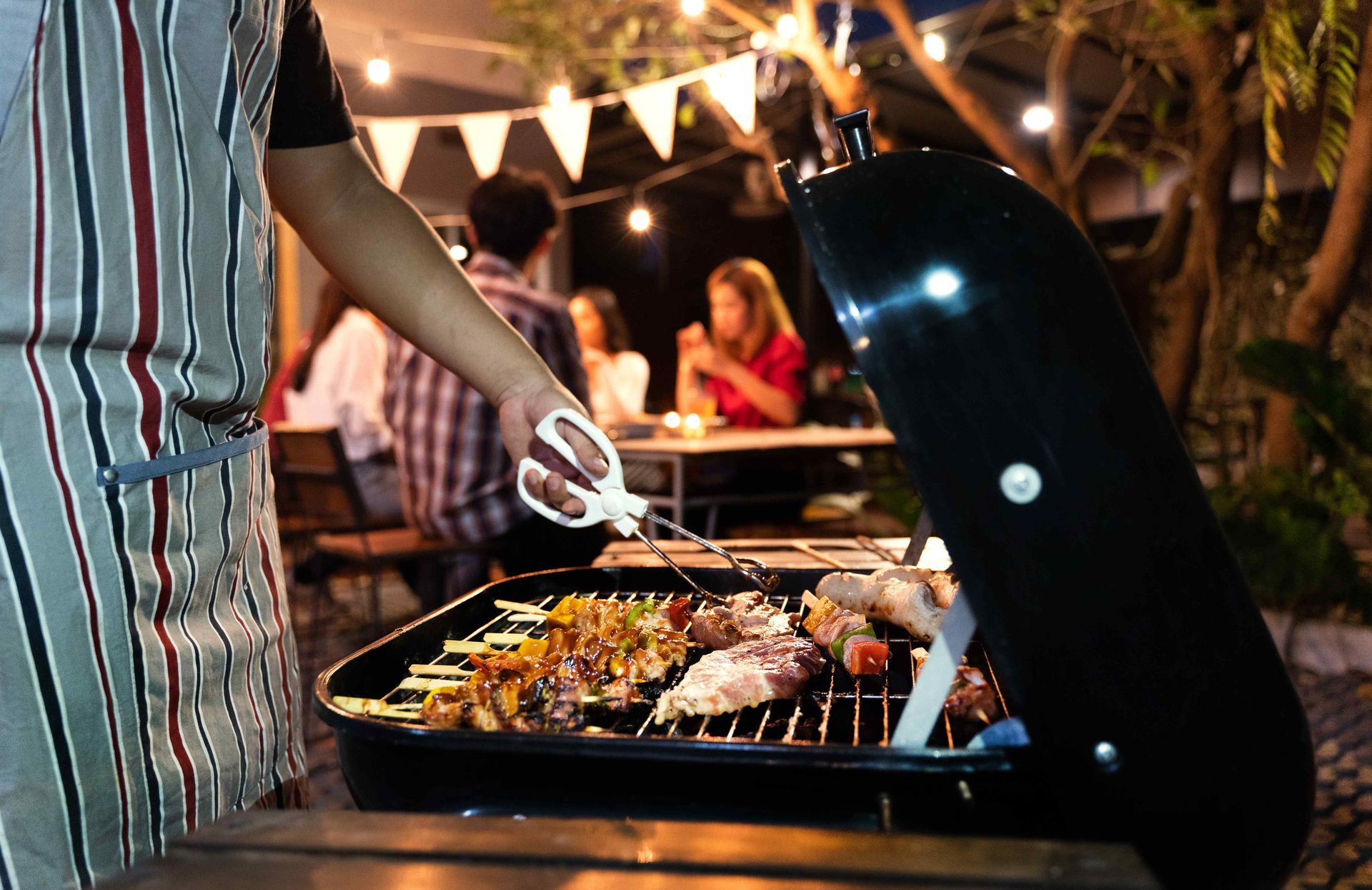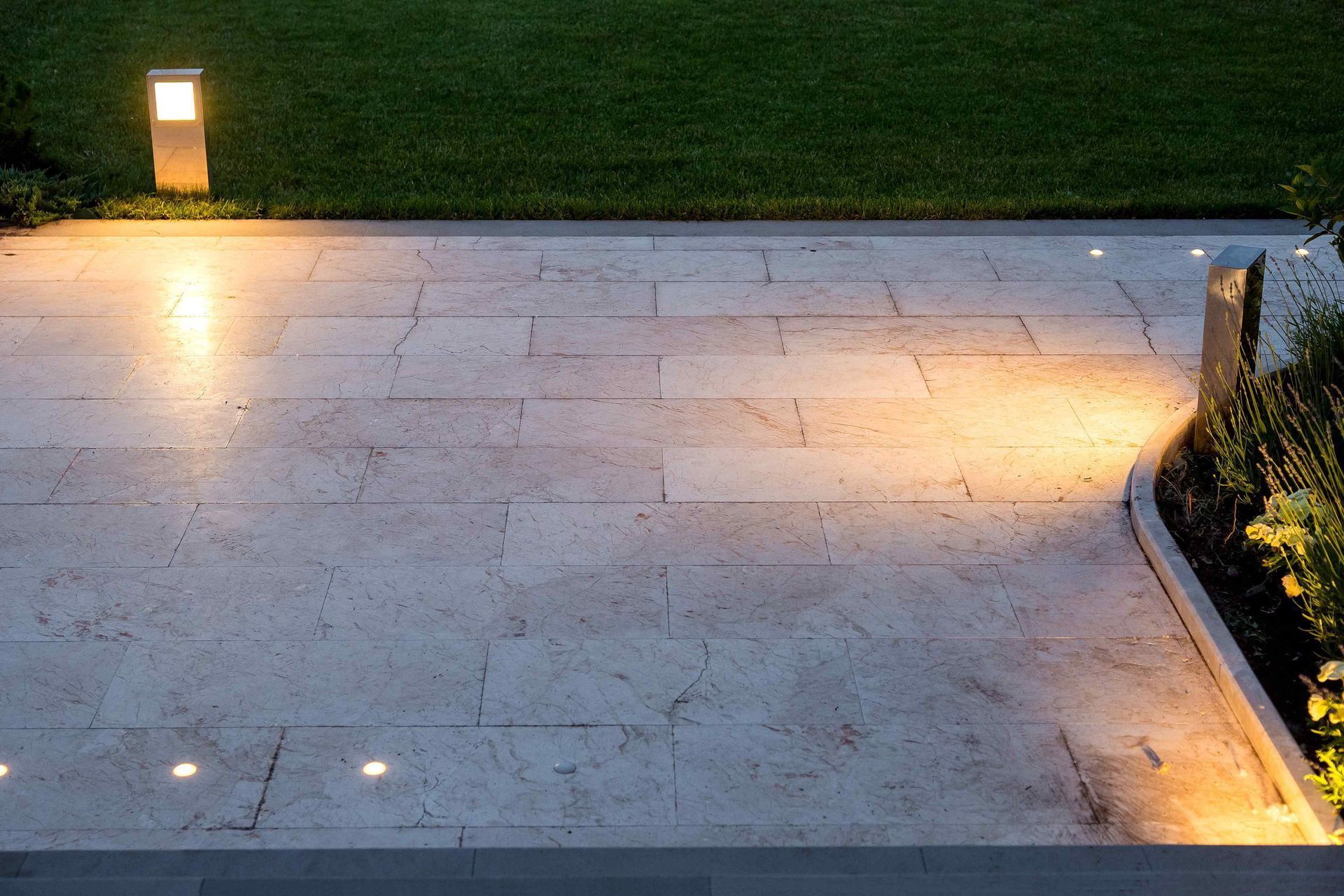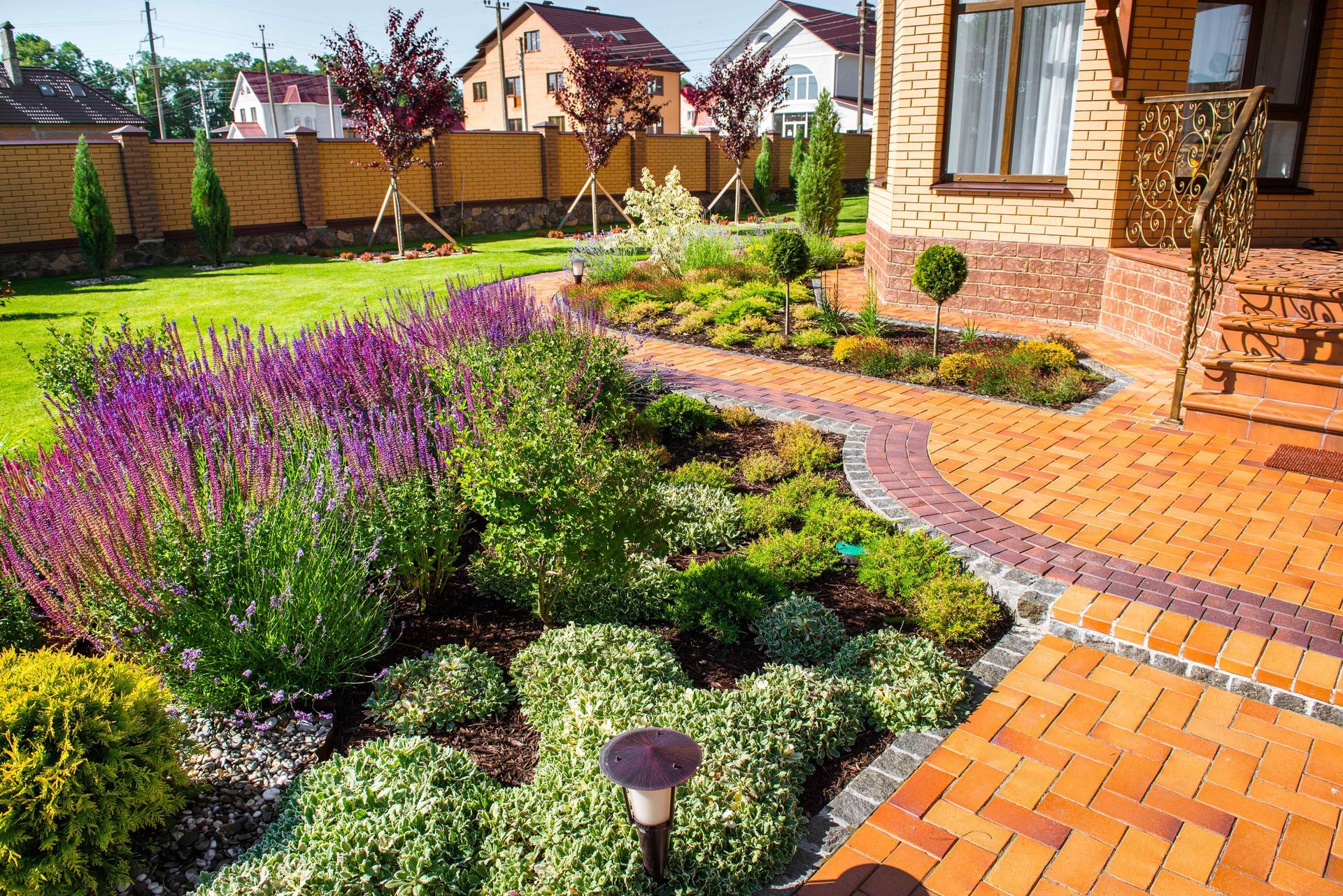Outdoor Lighting for Outdoor Kitchens: Illuminating Your Culinary Haven
Creating an outdoor kitchen is a transformative journey that extends beyond daylight hours. Strategic outdoor lighting is essential to fully enjoy this al fresco culinary haven. In this post, we'll explore the importance of outdoor lighting for outdoor kitchens. We'll be providing insights into the various lighting elements, design considerations, and tips to enhance functionality and ambiance.
Understanding the Importance of Outdoor Kitchen Lighting
Outdoor kitchen lighting serves a dual purpose: functionality and aesthetics. Functionally, it ensures you can safely navigate and prepare meals during evening hours. Well-placed task lighting is crucial for chopping vegetables, grilling, and other culinary activities. It enhances visibility, making the cooking process efficient and enjoyable.
Beyond functionality, outdoor lighting contributes to the overall ambiance of your outdoor kitchen. Thoughtfully designed lighting can transform the space into
a welcoming and cozy environment, perfect for dining, entertaining, and enjoying the beauty of your outdoor surroundings.
Types of Outdoor Kitchen Lighting
Task Lighting: Task lighting is focused illumination that targets specific work areas. In an outdoor kitchen, this includes lighting over the grill, countertops, and preparation zones. LED strip lights, pendant lights, or adjustable fixtures are ideal for providing light where it's needed most.
Ambient Lighting: Ambient lighting sets the overall mood and atmosphere of the outdoor kitchen. Consider incorporating soft, diffused lighting through fixtures like string lights, lanterns, or recessed lights. This type of lighting creates a warm and inviting environment for dining and socializing.
Accent Lighting: Accent lighting
highlights architectural features, landscaping elements, or specific design elements in your outdoor kitchen. This can include uplighting trees, illuminating a feature wall, or showcasing decorative elements. LED spotlights or well lights are effective for accentuating key focal points.

Design Considerations for Outdoor Kitchen Lighting
Zoning and Layering: Zoning and layering are essential for effective outdoor kitchen lighting design. Divide the space into zones based on functionality, such as cooking, dining, and lounging. Layer the lighting by combining task, ambient, and accent lighting to create a balanced and visually appealing composition.
Weather Resistance: Outdoor lighting fixtures must be weather-resistant to withstand the elements. Opt for materials like stainless steel, aluminum, or durable plastics that can endure exposure to sun, rain, and varying temperatures. Additionally, ensure that electrical components are properly sealed to prevent moisture ingress.
Tips for Enhancing Outdoor Kitchen Lighting
Utilize Smart Lighting Control: Consider incorporating smart lighting control systems that allow you to adjust the intensity and color of your outdoor lighting. Smart technology enables convenient control through mobile apps, creating customizable lighting scenarios for different occasions.
Choose Energy-Efficient Lighting: Opt for energy-efficient LED lighting for your outdoor kitchen. LEDs not only consume less energy but also have a longer lifespan compared to traditional bulbs. This choice aligns with sustainability efforts and reduces the need for frequent bulb replacements.
Experiment with Color Temperature: Experimenting with different color temperatures can influence the mood of your outdoor kitchen. Cooler temperatures (5000K-6500K) create a bright and vibrant atmosphere, ideal for task lighting. Warmer temperatures (2700K-3500K) contribute to a more relaxed and inviting ambiance for dining and entertaining.

Lighting Safety Considerations
Adequate lighting is not just about aesthetics; it's also about safety. Ensure that key areas, such as cooking surfaces, walkways, and stairs, are well-lit to prevent accidents and create a secure outdoor environment.
Position lighting fixtures to minimize glare and shadows. Glare can be uncomfortable for the eyes, especially in an outdoor setting. Strategic placement of fixtures, shields, or diffusers can help diffuse light evenly, reducing the risk of glare and
creating a more pleasant atmosphere.
Conclusion
In conclusion, outdoor lighting is a crucial component of a well-designed outdoor kitchen. Whether you're grilling, dining, or simply enjoying the evening breeze, strategically placed lighting can elevate the functionality and ambiance of your outdoor kitchen.
By incorporating task, ambient, and accent lighting, considering design principles, and prioritizing safety, you can
create an outdoor kitchen that shines both day and night, making every moment in your outdoor space a memorable one.
You might also like

Contact us now and let's embark on this exciting journey together.
Ready to elevate your outdoor living experience? Contact Premier Gilbert Landscaping today and schedule your consultation. Let us create a landscape that reflects your style, enhances your life, and brings beauty to every moment you spend outdoors.
Remember, your outdoor dreams are just a call away.
All Rights Reserved | Premier Gilbert Landscaping
Powered by webpro.ai



